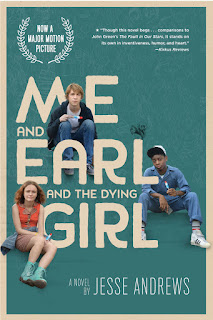Aveyard, V. (2015). Red queen. New York, NY: HarperCollins.
Mare Barrows lives in a divided world. Depending on the color of your blood, red or silver, you are given a place in society. If you are red-blooded you are treated like a slave and made to work like one too, and if you are silver-blooded you are considered royal and most likely have a special-power that sets you apart from the red-bloods (telekinesis, water control, superhuman strength, swiftness, and bend nature). Mare is a master thief and does so to help her family survive. When her best-friend, Kilorn, is told that he will be serving in the army she tries to help him escape, but to do so she needs to come up with a lot of money. She resorts to pick-pocketing and ends up stealing from the kingdom's Prince Cal. He in turn does give her money, but to prevent her from being put in the army as well he has her taken to the castle to work. While there she finds out she has the power to conjure electricity from her body and is made to look as if she were in fact a silver-blood who was raised by the red-bloods, but that isn't so. She is a special kind of person, and war ensues as the red and silver-bloods try to over-power the other. As the feelings of love come in, Mare has to find a way to overthrow the silver-bloods before they decimate everything she has ever known and loved. In the end, she and Cal and a few special-blooded people seek a way to find Maven, Cal's half brother, who is planning to overtake the reign and kill all who get in his way.
Mare's story has a lot of adventure and deceit in it that can make students from middle school and above addicted to finding out the outcome of this saga. The themes that are included are of course society, social-class, slavery, friendships, and monarchies. Teachers will be able to use this novel in comparison to multiple events that have taken place in history and can answer the ultimate questions: does history repeat itself?
I rate this book a 5 out of 5 stars!


















